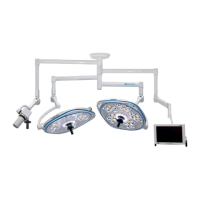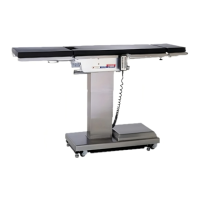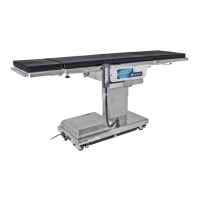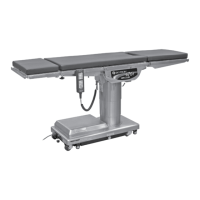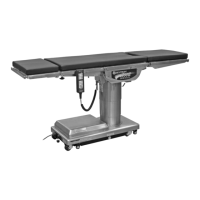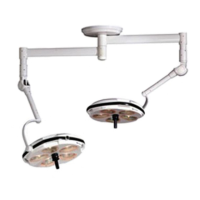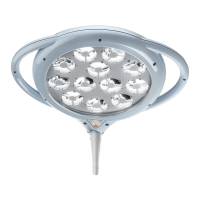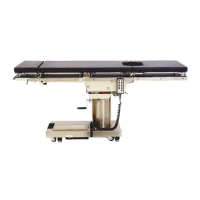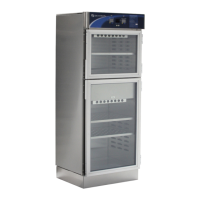Page 16
Dual 24" Diameter Lighthead Positioning
Fixtures containing dual 24" diameter lightheads
require some special positioning considerations.
The small diameter of the lightheads allows the
light source to be more easily obstructed by the
surgical staff. It is very important that the surgical
site remain illuminated even though the head and
hands of the surgeon and the surgical staff may
be directly in the central light beam path. In order
to minimize shadowing, the lightheads should be
positioned so that their light beams are angled into
the surgical cavity. Regardless of the surgical site,
these lights should be positioned to maintain an
angleofapproximately30°aboutanimaginaryline
running perpendicular to the bottom of the surgical
site. See figure 14.
Figure 14.
Tilting the lightheads will give a larger light beam
angle. See figure 15. Final positioning and focus
adjustments can be done by the surgeon using
the sterile focus/positioning handles. Focus con-
trols should be positioned where easily reached
by non-sterile personnel.
Figure 15.
Triple Lighthead Positioning
Triple lighthead systems will either consist of a
large diameter lighthead with two 24" satellites
or three 24" lightheads. There are two basic posi-
tioning strategies that can be used to obtain the
best illumination possible. The first is to align all
three lightheads to the centerline of the table with
the large lighthead directly over the center of the
surgical site. The second is to cluster the lights in
a circular arrangement over the surgical site with
eachlightheadabout120°awayfromeachother.
The whole cluster should be positioned to minimize
interference with the head and shoulders of the
surgical staff. See figure 16.
NOTE
Due to the high output capability of the
lightheads, the intensity may be turned
down to reduce the risk of excessive
heat in the surgical site when position-
ing multiple lightheads together to form
a single spot.
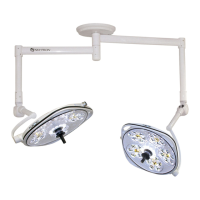
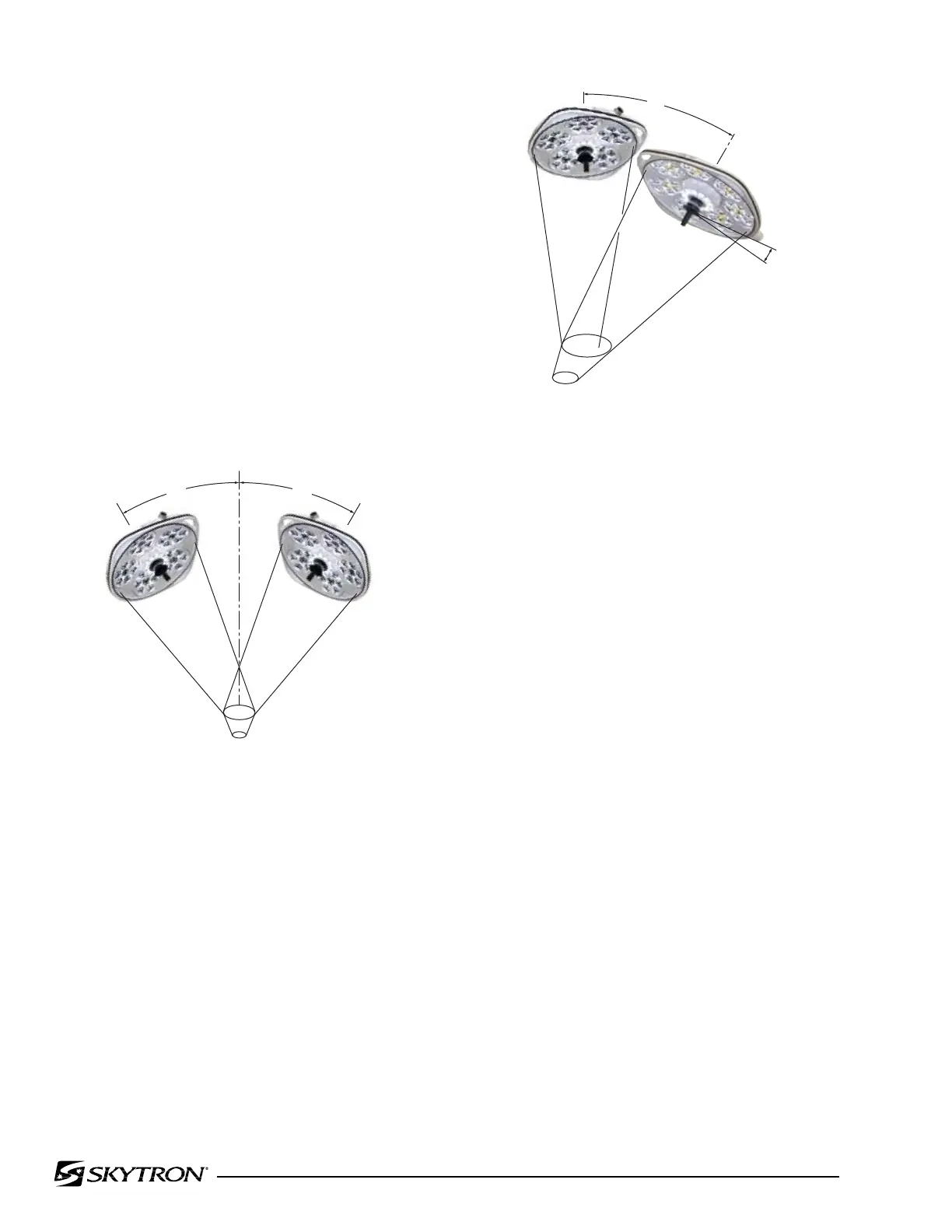